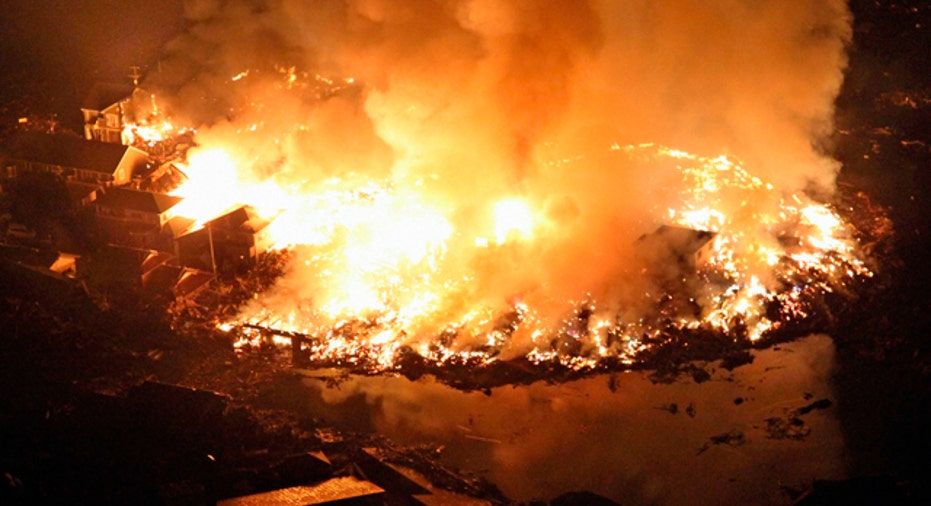How Effective is Japan's Disaster Response System?

Half a century of expertise in dealing with disasters in Japan, where earthquakes are a way of life, probably saved thousands of lives after Friday's massive tremor, but even that finely honed response system could not prevent widespread devastation.
The 8.9 magnitude quake, and the 10-metre high tsunami it triggered, are believed to have killed at least 1,000 people along the coast of northeastern Japan. Most of the casualties were probably drowned by the torrent of water that swept away everything in its path.
The word tsunami itself is Japanese -- meaning "harbour wave" -- reflecting the quake-prone country's long and sometimes tragic experience with the phenomenon.
Japan's earthquake monitoring and tsunami warning system is one of the most sophisticated -- and costliest -- in the world, befitting an economically developed, seismically cursed nation that, on average, experiences a quake every five minutes.
Buildings are, by law, erected to withstand tremors.The monitoring system has been upgraded several times since its inception in 1952, and especially after a 7.8 magnitude quake in 1993 triggered a 30-metre high tsunami that devastated the coast of Hokkaido. The meteorologial agency had issued a warning after the quake, but it came too late for the hundreds of people who were killed.
The tsunami warning service, which has at least six regional centres, currently sends signals from 180 seismic stations across Japan and about 80 water-borne sensors are monitored 24 hours a day by a computerised Earthquake and Tsunami Observation System [ETOS].
To get warnings out quickly, the Japan Meterological Agency and media have developed a system to superimpose alerts on TV screens as soon as they are issued.
In addition, warnings are sent to local officials via a satellite system that acts as a back-up to land-based communications. Local officials activate sirens and loudspeaker systems, and also decide if an evacuation advisory is needed.
Japan also has built countless concrete breakwaters and floodgates to protect ports and coastal areas around the country, although experts had said they might not be enough to prevent tsunami-caused disasters, and could even worsen the damage by keeping the water from receding.
The warning system comes with a hefty price tag -- about $20 million annually to keep it running.Forecasting tsunami is only part of the battle, however.
Equally important is making people in areas where tsunamis are uncommon aware of the need to evacuate.
Even in Japan, some people wander down to the shore after a tsunami warning to have a look and many ignore warnings because often no big tsunami strikes. Some people in areas were tsunamis are uncommon also do not see the need to evacuate.
Japan has also tightened building codes and bolstered the government's ability to respond quickly to earthquakes since a 7.3 tremor killed more than 6,400 in the western city of Kobe in 1995. Located in the "Ring of Fire" arc of volcanoes and oceanic trenches partly encircling the Pacific Basin, Japan accounts for about 20 percent of the world's earthquakes of magnitude 6.0 or greater.
In 1896, a magnitude 8.5 Sanriku earthquake and tsunami left more than 22,000 dead in northeastern Japan. Another 8.1 quake, and resulting tsunami, hit the same region in 1933, killing 3,064.